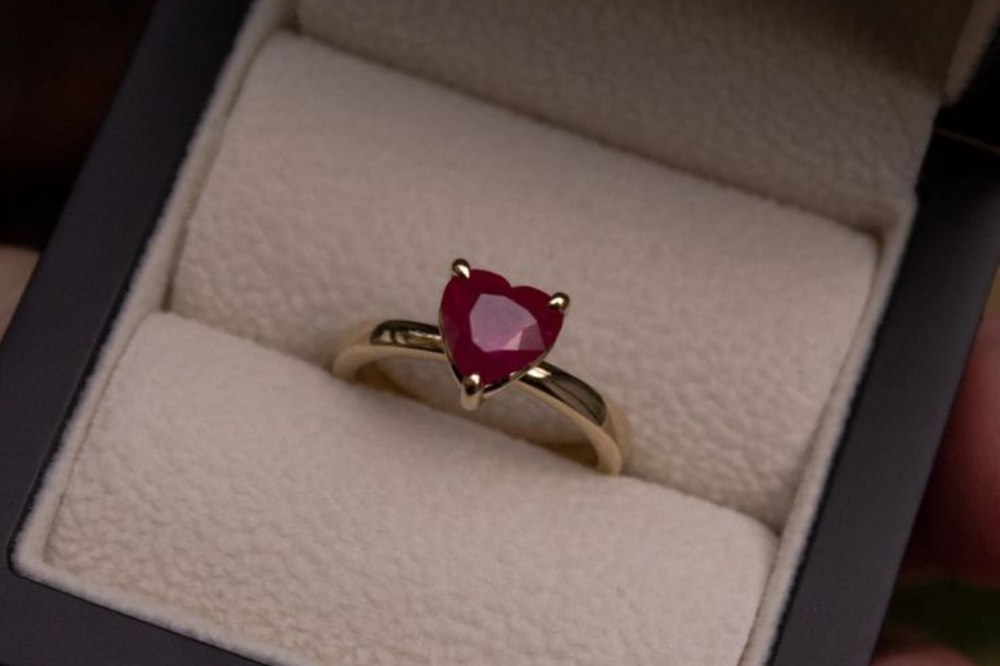The zipper, a small yet ingenious invention, has grown into a moremoneymorelovede.online multibillion-dollar industry over the decades. From its humble beginnings as a mere curiosity to becoming an essential feature in fashion, luggage, and outdoor gear, the zipper has revolutionized how people think about fastenings. This 1000-word article explores the journey of the zipper, its evolution, its impact on various industries, and its role in generating wealth.
The Birth of the Zipper: An Invention Ahead of Its Time
The story of the zipper begins in the late 19th century. Elias Howe, the inventor of the sewing machine, conceptualized a device called the “Automatic, Continuous Clothing Closure” in 1851. However, he failed to market the product, and the idea lay dormant for decades. Later, Whitcomb Judson, an engineer, patented the “Clasp Locker” in 1893, which was an early prototype of the modern zipper.
It wasn’t until 1913 that the zipper as we know it came into existence, thanks to Gideon Sundback, a Swedish-American electrical engineer. Sundback refined the design to create the “Hookless Fastener,” which featured interlocking metal teeth and a sliding mechanism. This design laid the foundation for the modern zipper, combining functionality with durability.
Zippering Its Way Into Fashion
The first major commercial use of zippers was in military applications during World War I. The zipper gained popularity in civilian markets only in the 1920s and 1930s, when it was used in men’s trousers and children’s clothing. The fashion world quickly recognized the zipper’s potential. Its utility, combined with its sleek appearance, made it a favorite among designers.
By the 1930s, zippers were prominently featured in dresses, jackets, and accessories. One of the turning points was the introduction of zippers in women’s fashion, particularly in dresses and skirts. The zipper’s ability to provide a snug fit while being virtually invisible made it a preferred choice over buttons.
Fashion brands began incorporating zippers not only for their functionality but also as a design element. Today, zippers are an integral part of haute couture, streetwear, and everything in between.
The Zipper Industry: A Lucrative Market
The zipper industry is a prime example of how innovation can lead to massive economic growth. As of 2024, the global zipper market is valued at over $20 billion, with projections to grow even further. Key players like YKK (Yoshida Kogyo Kabushikikaisha), SBS, and Riri dominate the market, producing billions of zippers annually.
1. YKK: The King of Zippers
YKK, a Japanese company founded in 1934, is the largest zipper manufacturer in the world. With a commitment to quality and innovation, YKK produces nearly 50% of all zippers globally. Its dominance in the market stems from its vertically integrated operations, controlling everything from raw material sourcing to manufacturing.
2. Diversification of Applications
The versatility of zippers has contributed significantly to the industry’s financial success. Beyond clothing, zippers are used in:
- Luggage and Bags: Suitcases and backpacks rely heavily on durable zippers for security and ease of use.
- Outdoor Gear: Tents, sleeping bags, and jackets require high-performance zippers to withstand extreme conditions.
- Medical Devices: Specialized zippers are used in compression garments and other healthcare products.
- Automotive Sector: Seat covers and other interior elements often feature zippers for easy assembly and maintenance.
The Economic Impact of Zippers
Zippers have had a ripple effect on multiple industries, contributing to job creation, technological advancements, and global trade.
1. Job Creation
The zipper industry employs thousands of people worldwide, from factory workers to designers. Countries like China, Japan, and the United States are major hubs for zipper production, with a workforce dedicated to meeting global demand.
2. Technological Innovation
The need for better, more durable zippers has led to advancements in materials science and manufacturing processes. Modern zippers are made from a variety of materials, including plastic, metal, and even biodegradable options.
3. Boosting Global Trade
Zippers are a key export product for many countries. For instance, Japan’s YKK exports zippers to over 70 countries, playing a vital role in international trade.
The Marketing of Zippers: A Strategic Masterpiece
The zipper’s success is not just about its utility; marketing has played a significant role in its popularity. Early campaigns emphasized the convenience and speed of zippers compared to traditional fastenings. The term “zipper” itself was coined by the B.F. Goodrich Company in 1923, derived from the “zip” sound it makes when fastened.
In modern times, brands use zippers as a symbol of innovation and style. Luxury brands often collaborate with high-end zipper manufacturers like Riri to create unique designs that enhance their products’ appeal.
Challenges in the Zipper Industry
Despite its success, the zipper industry faces challenges. The rise of like Velcro and magnetic closures poses competition. Additionally, environmental concerns over plastic zippers have prompted companies to invest in sustainable options.
YKK, for example, has developed eco-friendly zippers made from recycled materials. These innovations aim to address the growing demand for sustainable fashion and reduce the industry’s environmental footprint.
The Future of the Zipper: Innovation and Expansion
As technology advances, the zipper industry continues to evolve. Smart zippers with embedded sensors are being developed for applications in wearable technology and healthcare. For instance, zippers that monitor heart rate or temperature could revolutionize the medical field.
Additionally, 3D printing and automation are streamlining production processes, making zippers more affordable and customizable. This opens up new possibilities for niche markets, from personalized fashion to industrial applications.
Conclusion: The Zipper as a Wealth Generator
The zipper’s journey from a niche invention to a global industry is a testament to human ingenuity and the power of innovation. By addressing practical needs and evolving with the times, the zipper has become a cornerstone of modern life. Its impact extends far beyond its primary function, influencing fashion, technology, and the global economy.
For investors and entrepreneurs, the zipper industry offers a blueprint for turning a simple idea into a money-making powerhouse. As the world continues to change, one thing is certain: the zipper will remain an essential part of our daily lives, quietly generating wealth one zip at a time.
















Leave a Reply